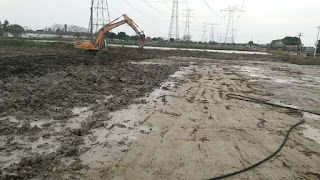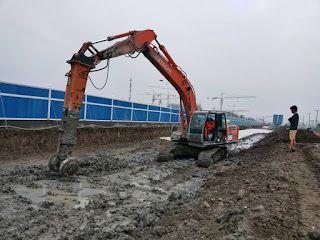Development direction of soil pollution remediation technology

1.Developing comprehensive soil remediation technology . The single remediation technology can not meet the current demand for contaminated soil treatment , and the future research direction should be the organic combination of various technologies. For example, the combination of plant microbial remediation, integrated oxidation reduction,, a new in situ composite repair technology combined with flushing and reactive wall technology, phytoremediation combined with physical and chemical remediation, and so on. 2.Give full consideration to ecological benefits. While considering economic benefits, ecological benefits should be taken into full consideration. As a result, bioremediation, especially phytoremediation, will become the mainstream in future remediation technologies. 3.Focus on improving the existing advanced technology. For phytoremediation, more and better heavy metal enrichment plants can be found, screened and domesticated. Or, by using genetic engineering technology, the to

